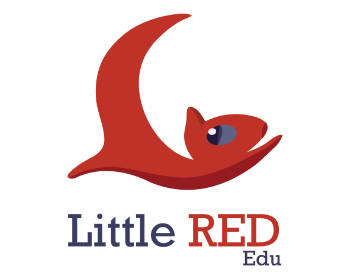- They learn by doing and playing they absorb songs and rhymes with ease.
- They have vivid imaginations they love magic, fantasy stories and imaginary heroes.
- They respond well to situations relating to their own experiences
- They like surprises.
- They have a short attention span they feel comfortable in.
- Structured and regular routines they want to be praised for their achievements.
- They want to be praised for their achievements.
Why is it a great idea for children aged 3-6 to start learning English?
They can absorb language subconsciously with little effort as they are still using their innate language-learning strategies to acquire their native language
They can develop excellent oral skills, pronunciation and intonation when they have a good model
They have more free time than older children, teenagers or adults to fit language learning in their daily routine
Their mind is not yet loaded with memories and information to be stored
According to the Second Language Acquisition theory, children acquire a language successfully when
1. the language is understandable
2. the topic is interesting and relates to their prior experiences
3. the task poses a reasonable challenge to them
4. the learning environment is friendly and stress-free
5. encouragement active participation
Error correction
Research says that error correction at an early age should not be explicit, otherwise we are now allowing natural order to take its course. Children learning a language are expected to make mistakes. Mistakes are a result of active experimentation with the language and are part of the developmental process. During the learning process, children need to be constantly praised for their efforts in order to step out of their comfort zone, take initiative and become confident learners.
The silent period
In Second Language Acquisition, the silent period refers to the time it takes a child to feel ready to speak. During this period, the child is able to recognise the meaning of many things, but might not feel ready to produce language yet. This happens because comprehension precedes production. Once the child starts uttering words spontaneously, it means that language acquisition has started taking place. Research shows that children should be given space to start speaking in their own time. Pressure might lead to anxiety, inhibition and negative feelings towards the language.
How to remember new words
The key to move newly learnt words from short-term memory (recognition memory) to long-term memory (production memory) is constant exposure and practice.
SLA & Gamification
Gamification is the use of game elements and game design techniques in non-game contexts. The main objective of gamified learning experiences is to motivate learners and increase learner participation. In a gamified learning experience, learning objectives are seen by the learner as challenges to be accomplished in order to move from one stage to the other. Learning outcomes are met by the end of all challenges.
In the context of Second Language Acquisition (SLA), motivation to learn a language is reinforced in gamified environments as learners pass levels and are praised for their performance through a reward system of prizes, points or badges. Learners’ eagerness for task achievement motivates them to keep playing and practising with the language. In turn, the joy of task accomplishment improves their self- esteem and gradually transforms them into confident and autonomous learners who take risks and control their own learning.
Speech recognition technology
Computer Assisted Language Learning (CALL) systems using Speech Recognition technology have become popular tools to develop oral skills in a another language. Speech recognition technology enables learners to practise their pronunciation in a stress-free environment while they are guided by the voice of a virtual teacher.
The system understands the learner’s speech and responds immediately providing feedback on the quality of the learner’s performance. This way, the learner has the impression of interacting with and being guided by a real teacher in every step of the way.
Augmented reality
Augmented reality (AR) is a real-time interactive experience that combines the real and the virtual world and gives users the impression that 3D characters and objects they see in their screen are actually displayed in front of them in the real world. In the context of language learning, AR reinforces learners’ excitement and motivation to accomplish language tasks, thus taking initiative over their own learning. AR also allows for inclusive learning. It plays with the senses and can adapt tools to aid learners with learning disabilities.
AR is a tool that is cheap and easy to use and it can greatly help teachers and parents to create immersive, inclusive and fun learning environments.

